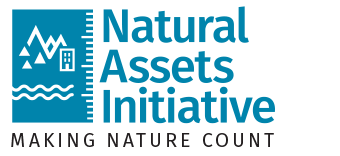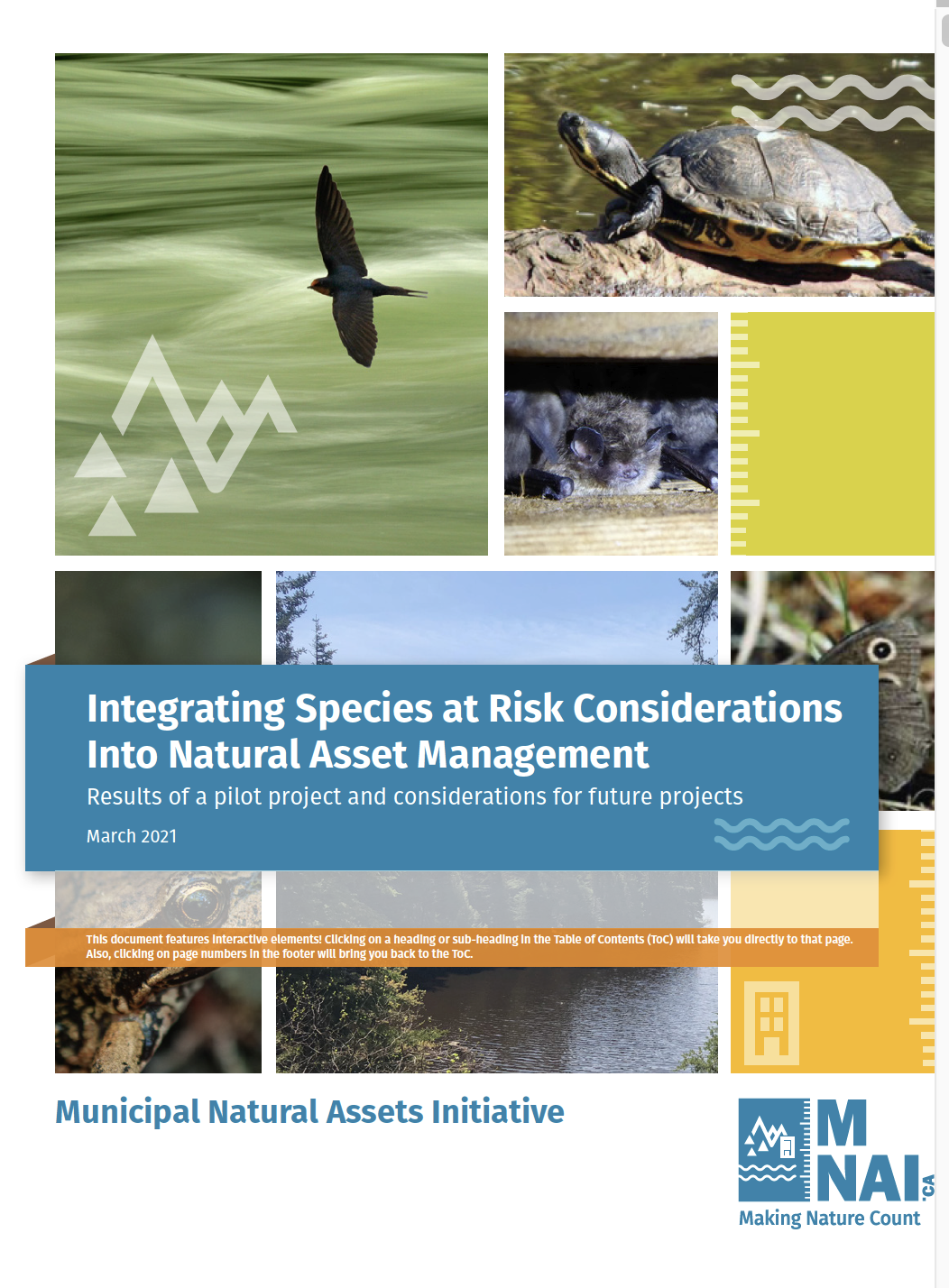Funding opportunity (Request for EOIs): protecting species at risk through natural asset management
Natural asset management provides an opportunity to deliver both core local government services, and other positive outcomes.
The Municipal Natural Assets Initiative (MNAI) is seeking Expressions of Interest (EOI) from local governments interested in protecting species at risk (SAR) and their critical habitat (CH) while delivering core municipal services through natural asset management, subject to funding confirmation that would cover approximately 70% of local government costs.
The Natural Asset Management and Species at Risk project will expand on a pilot project that MNAI and a community project team recently completed in the Morrison Creek Watershed in the Comox Valley, Vancouver Island. That pilot developed a tool to:
- help model species and their habitat
- analyze how those species and critical habitat relate to natural assets that provide infrastructure services (e.g. stormwater management), and
- ultimately develop management options to maximise both.
The objectives of the new Natural Asset Management and Species at Risk project are the same as the pilot, and will follow the same basic method, while further developing and refining the tool to help local governments identify and manage natural assets so they can continue to deliver core services, and, at the same time, protect SAR and CH and enhance biodiversity. This will contribute to national objectives for multi-species and ecosystem-based approaches protecting species at risk.
Assuming the anticipated funding if forthcoming, MNAI will be choosing two local governments based on criteria including:
- Demonstrated commitment to, and progress in, natural asset management
- Corporate-level commitment to the project, for example, an expression of interest signed by Chief Administrative Officer or equivalent
- Strong interest in implementing results of project
- Geographic distribution
Selected local governments can expect to work through the following steps with MNAI :
Timing
The project would launch in Autumn 2021 and end no later than March 31, 2023.
Fees
If selected, local governments will be expected to contribute $18,000 (or approximately 30%) of project costs.
Interested?
Please fill out the expression of interest of form at this link
and send to [email protected]




